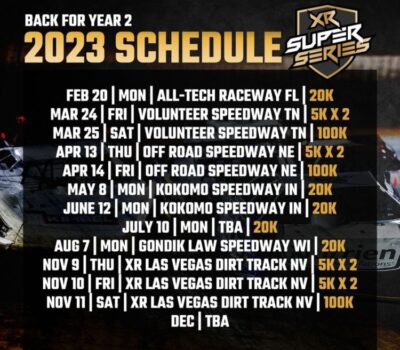Table of Contents
- Introduction
- What is a Track Schedule?
- Why is Track Schedule Important?
- Components of a Track Schedule
- Creating a Track Schedule
- How to Read a Track Schedule?
- Track Schedule FAQs
Introduction
For all racing enthusiasts, a track schedule acts as a roadmap that leads to unforgettable experiences filled with high-speed adrenaline rushes. Whether you are a passionate fan or a professional driver, the track schedule keeps you updated with all the racing events and ensures that you don't miss a single thrilling moment on the racetrack.
What is a Track Schedule?
A track schedule is a chronological list of racing events that take place on a specific racetrack during a designated time period. It includes details such as dates, times, race categories, participants, and other essential information to provide racing enthusiasts with a comprehensive overview of the events.
Why is Track Schedule Important?
The track schedule plays a vital role in helping racing enthusiasts plan their participation or attendance at races. It ensures that fans can schedule their calendars accordingly, reserve tickets, and organize their travel arrangements. Additionally, for professional drivers, the track schedule helps them plan their competition strategies, training programs, and necessary modifications to their racing vehicles.
Components of a Track Schedule
A well-crafted track schedule typically includes the following components:
- Dates and times of each race
- Race categories or divisions
- Driver line-ups
- Support races or side events
- Additional attractions, such as concerts or special displays
- Information on ticketing and entry fees
- Contact details of the organizing body
Creating a Track Schedule
Creating a track schedule requires careful planning and coordination among race organizers, sponsors, and other stakeholders. It involves determining race dates, finalizing race categories, inviting participants, and allocating resources. With advanced technological tools and scheduling software, the process of creating a track schedule has become more streamlined and efficient.
How to Read a Track Schedule?
Reading a track schedule can seem overwhelming at first, but with a little practice, it becomes straightforward. Start by identifying the race dates, times, and locations. Then, note the race categories to see which events align with your preferences. Lastly, pay attention to any additional attractions or special features offered during specific races to make the most of your experience.
Track Schedule FAQs
1. Can I bring my own vehicle to the track for races?
Most tracks allow racing enthusiasts to bring their own vehicles for specific race events. However, there may be specific safety and technical requirements that must be met. It is essential to consult the track management and review the guidelines beforehand.
2. Are there age restrictions for attending races?
The age restrictions for attending races can vary depending on the track and event. While some tracks welcome spectators of all ages, others may have specific rules and regulations regarding minimum age requirements or designated family areas. Check the track schedule or contact the organizers for detailed information.
3. How can I purchase tickets for racing events?
Ticket purchasing options vary for each racing event. Typically, tickets can be purchased online through the track website or authorized ticketing platforms. On-site ticket counters may also be available on the day of the event. It is advisable to book tickets in advance, especially for high-demand races.
Key Takeaways
- A track schedule provides racing enthusiasts with essential information about upcoming events.
- It helps fans plan their attendance, while professional drivers utilize it to prepare for competitions.
- Track schedules consist of dates, race categories, driver line-ups, and additional attractions.
- Creating a track schedule involves careful coordination and advanced scheduling tools.
- Reading a track schedule involves identifying race dates, times, locations, and preferred race categories.
Frequently Asked Questions (FAQ)
- Can I bring my own vehicle to the track for races?
- Are there age restrictions for attending races?
- How can I purchase tickets for racing events?
